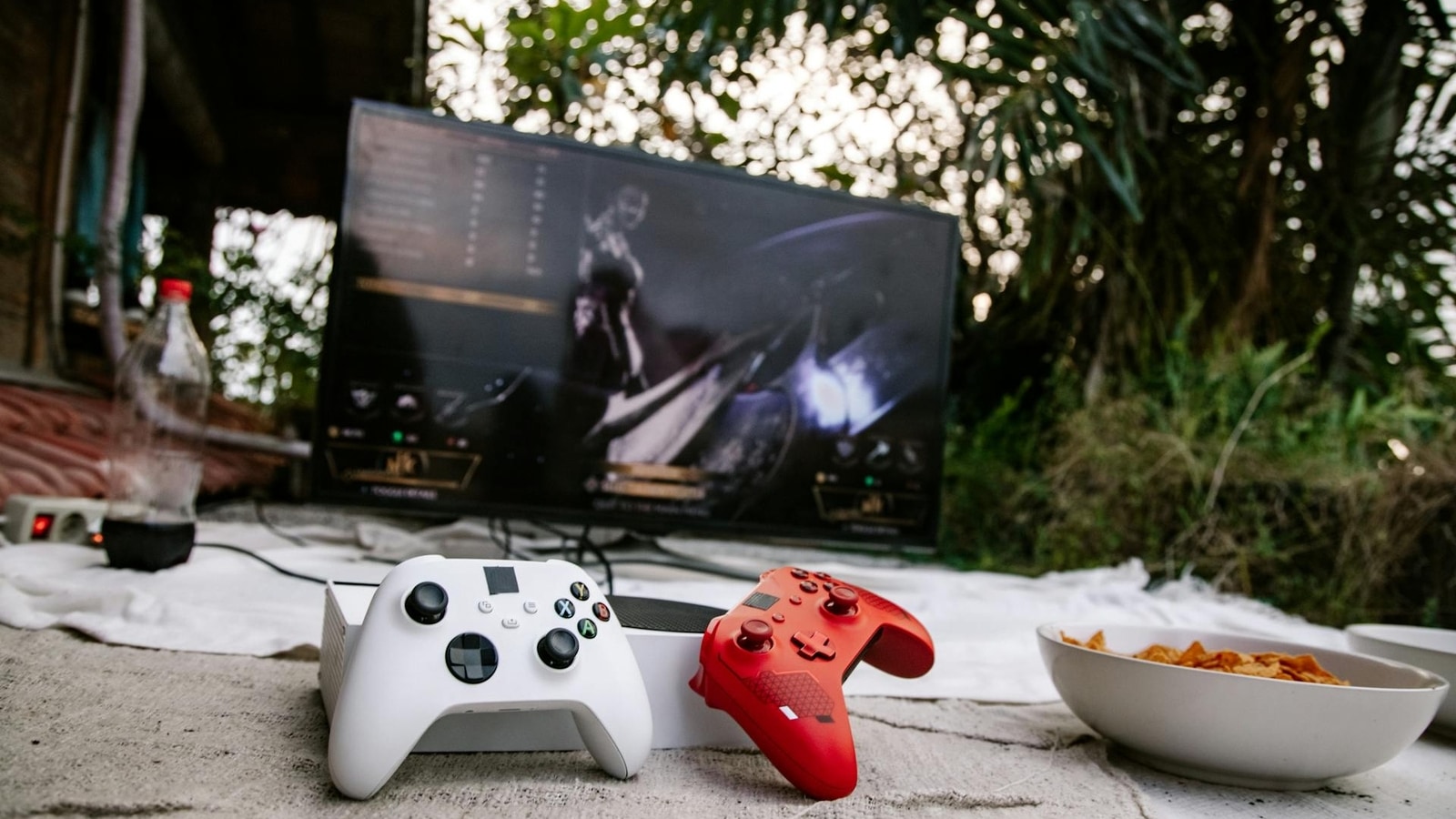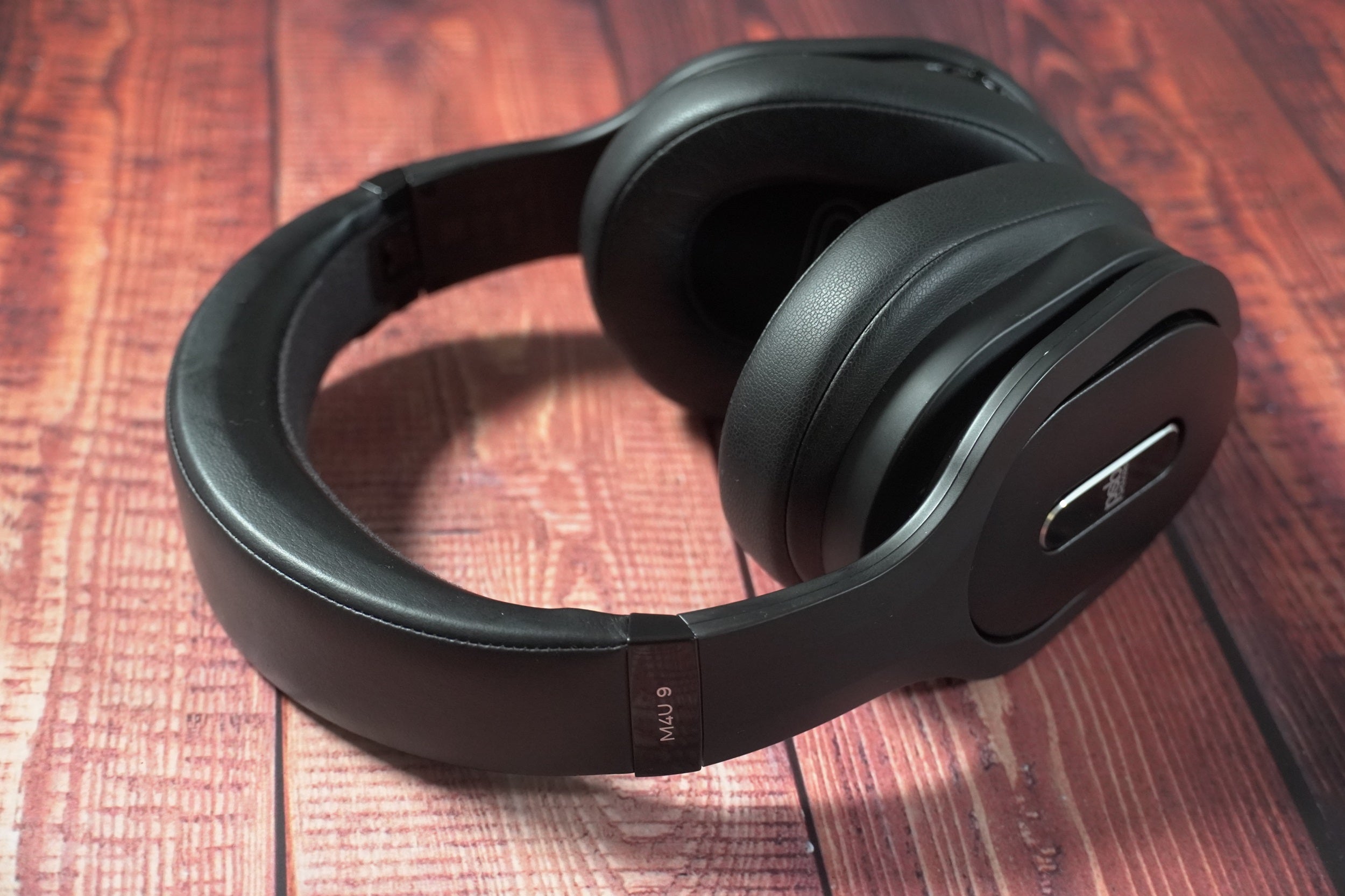Verdict
The PSB M4U 9 offer good sound and wireless performance, but fall short elsewhere. The build quality is creaky, the battery life is awful, and the ANC is no match for the best at their price point. You can get better quality and value elsewhere.
Pros
- Energetic, clear sound
- Strong wireless performance
Cons
- Underwhelming noise-cancelling
- Creaky build quality
- Poor battery life
- Expensive for the calibre of performance
Introduction
Canadian audio company PSB is best known for its hi-fi speakers but also lends its knowledge to headphones, with the PSB M4U 9 currently its flagship and most expensive pair.
In terms of specs, there’s not a big difference between it and the M4U 8 MkII so you may be wondering what exactly you get for handing over more money, but you do get a higher Bluetooth spec and a wider frequency response.
The PSB M4U 9 are not short of competition in its price class, with talented rivals from Bose, Apple, and Master & Dynamic, so they’ll have their work cut out to make an impression.
Design
- Gyro suspended earcups
- Physical buttons
- Carry case
Things do not get off to the best start in terms of the PSB M4U 9’s build quality. Retro looks aside, the frame is predominantly made from the plastic and there are so many parts that it makes the appearance look a little cluttered. And similar to the Edifier Stax Spirit S3 its creaky, flimsy feel to its construction is disappointing for the asking price.
This, I feel, is mainly down to the gyro suspended earcups that have been suspended at 15-degrees to improve comfort; but the movement between the earcups and frame produces a creaky sound whenever I move my head, cheapening the headphones quality. Even the headphone slider feels stiff to operate, reducing that premium feel.
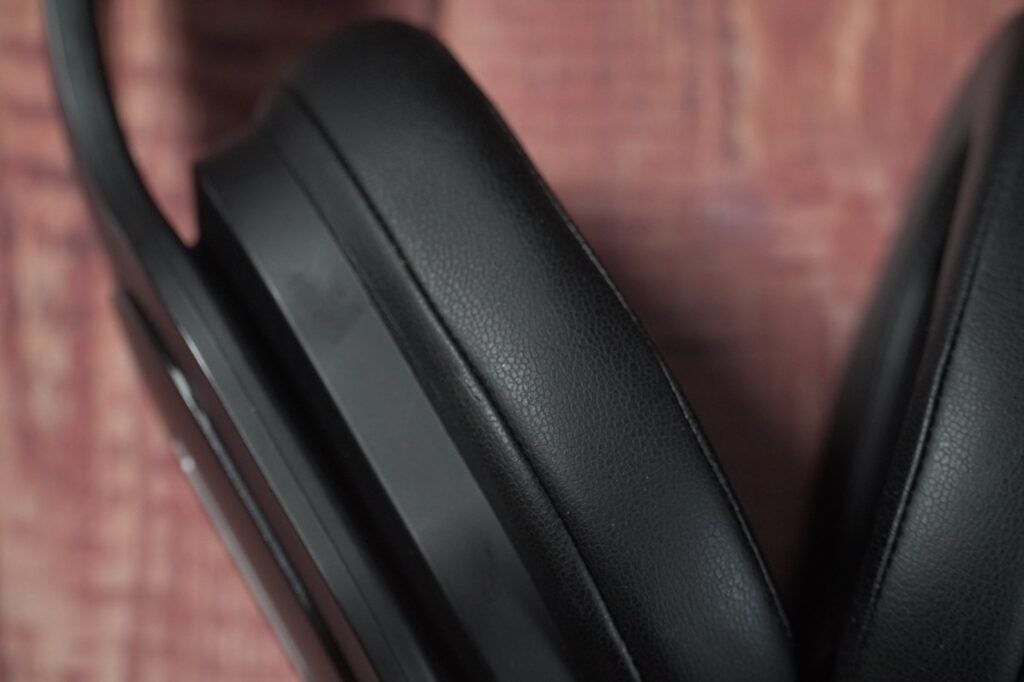
The physical buttons aren’t much better either in terms of premium feel, but they’re easy enough to use with either a press down or flicking up or down to get a response in terms of playback and volume.
The one button I’m not a fan of is the power/ANC slider button, which is too stiff and imprecise when the headphones are worn. Try and slide down to the ‘On’ position and I find myself turning the headphones completely off. I have to take the headphones off to position the slider where I want.
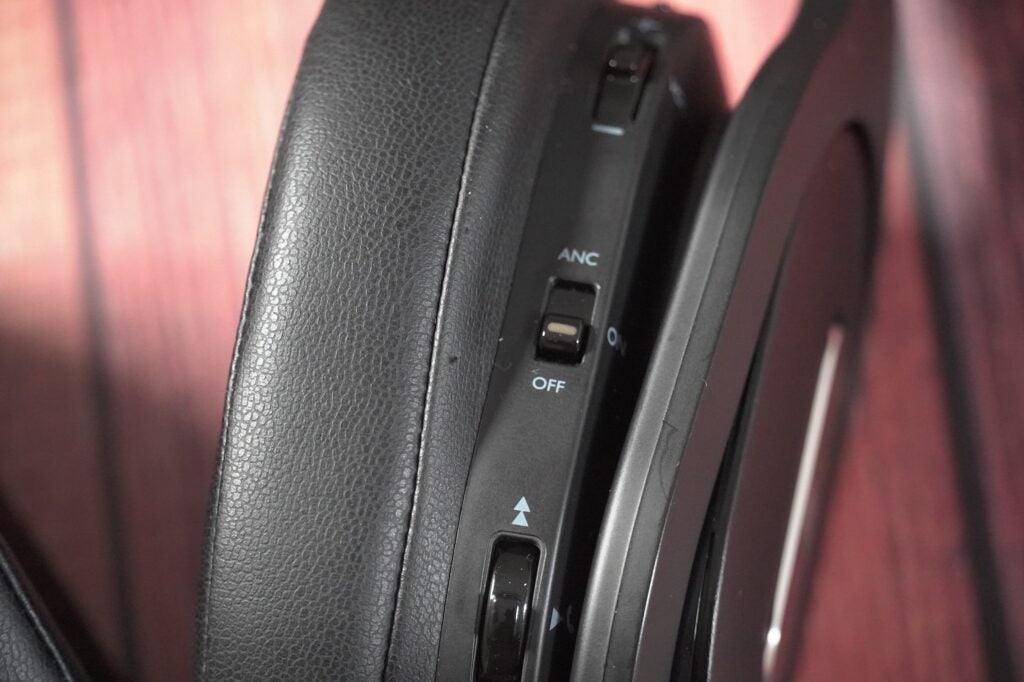
It’s a shame, as the headphones prove comfortable to wear, with a nice, pliable feel to the headband and earpads that act as pillows around your ears. The earcups themselves are shallow rather than deep, but I haven’t found that to be an issue for my ears, though I do wonder if that affects the seal that these headphones create for noise-cancellation.
The PSB M4U 9 can be folded for transport, but they look very inelegant in that position, and the carry case the headphones come in is almost too big to call portable (the packaging is enormous). There’s a USB-C port, and the PSB M4U 9 has a dual wired connection. Accessories include flight adapters and replacement earpads, and the only colour the headphones come in is jet black.
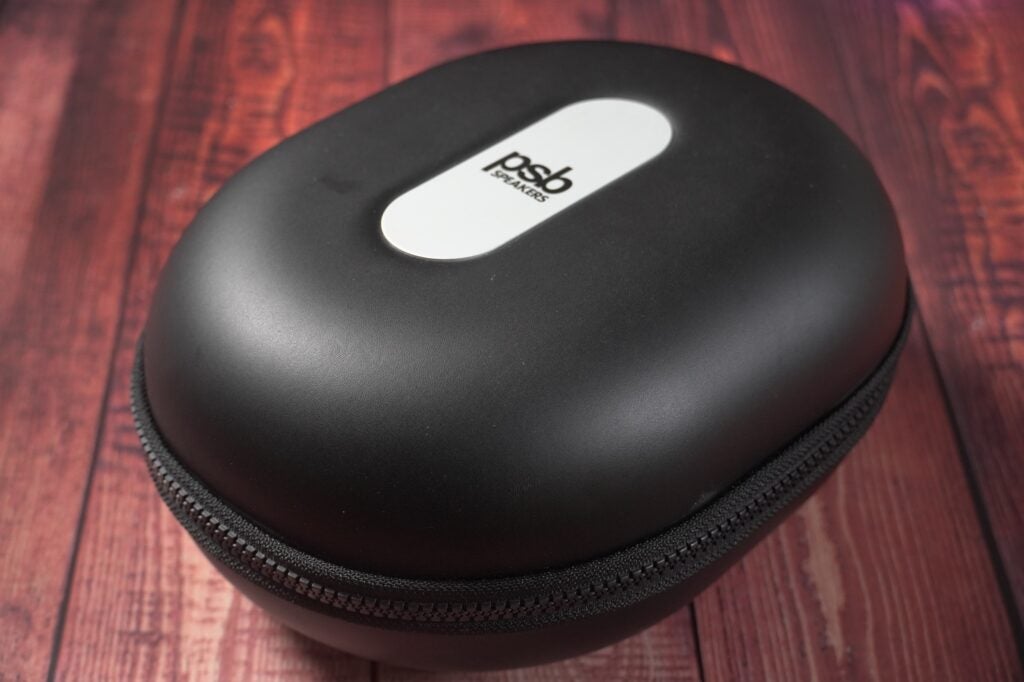
Features
- 18-hour battery with ANC
- aptX Adaptive Bluetooth
- PSB Headphones app
The PSB M4U 9 supports AAC and aptX Adaptive, and the stability of the aptX connection has been strong throughout testing, with only a couple blips experienced walking through Waterloo and Victoria train stations. Elsewhere there hasn’t been a problem.
Unfortunately, that appears to be as good as it gets for the M4U 9. The Active Noise-Cancellation is a disappointment, especially against competition such as the Bose QuietComfort Ultra Headphones. The PSB aims its focus on ambient sounds and low frequency noises, but if you’re looking for a bubble of isolation, you won’t find that with these headphones.
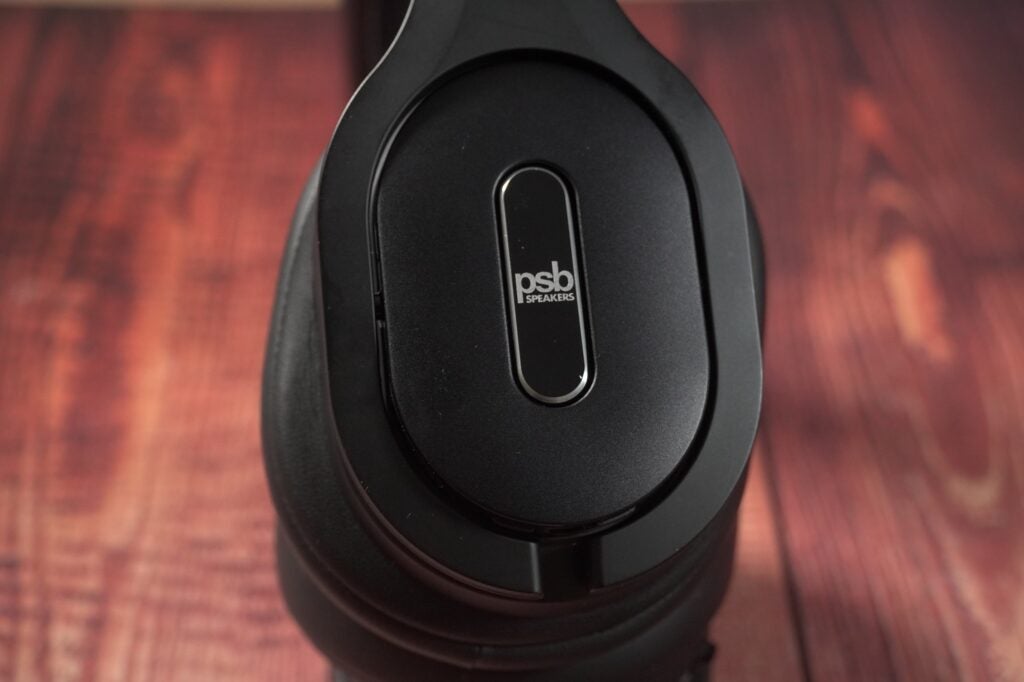
Plenty of noise still gets through on transport, whether it’s on a bus, a train, a plane, or the London Underground, to the point where I almost wondered whether the ANC was on. The shallow design of the earcups seems to cause trouble with keeping a tight seal, as moving my head lets more noise leak through.
Worn on a plane and the PSB doesn’t do as much to curtail voices as the (far more expensive) Dali IO-12 do, but it’s the cabin noise that’s most annoying, which was a constant presence throughout. Noise is slightly reduced but never neutralised to the point of quietness.
The transparency mode is fine with decent clarity, though it could be clearer. At first I thought it was only accessible through the app, but you can modify it and have it assigned to one of the volume controls to avoid having to venture into the app every time. Still, it would have been nice to have a dedicated control for it.
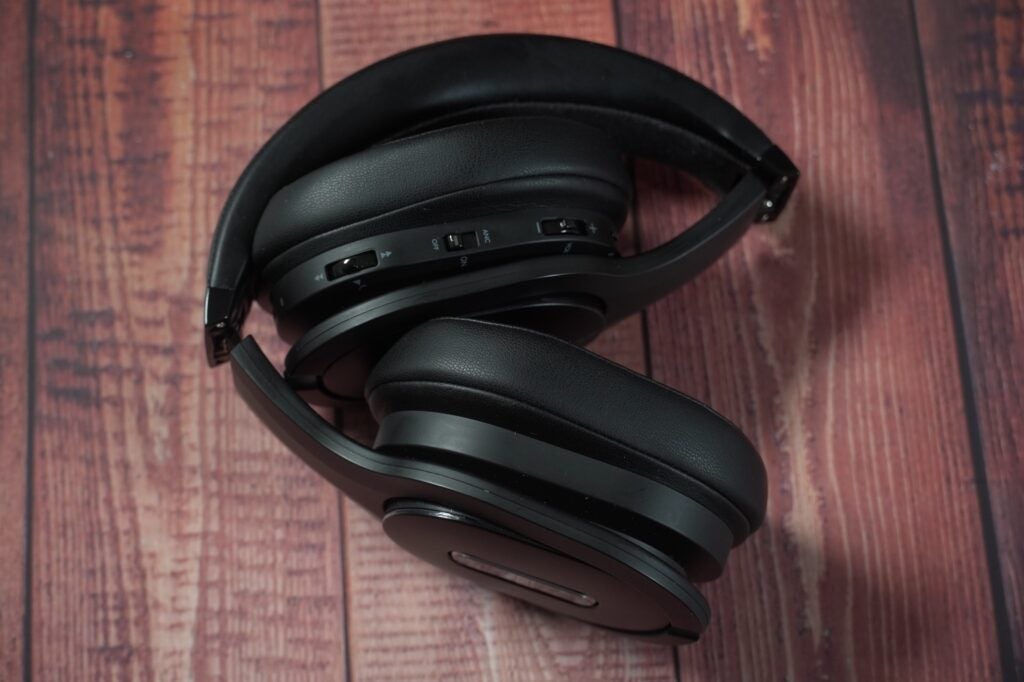
PSB claims 25 hours in total for battery life and 18 hours with ANC on, but my battery test and general usage suggest it’s much lower than that. A three hour battery drain saw the headphones fall to 50%.
Wearing these headphones for a few hours and they fell to 60% even though I charged them to 100% shortly before. Either I have a faulty pair or these headphones struggle to keep their charge. There’s no mention of fast-charging so I’ll take that as meaning they don’t support it.
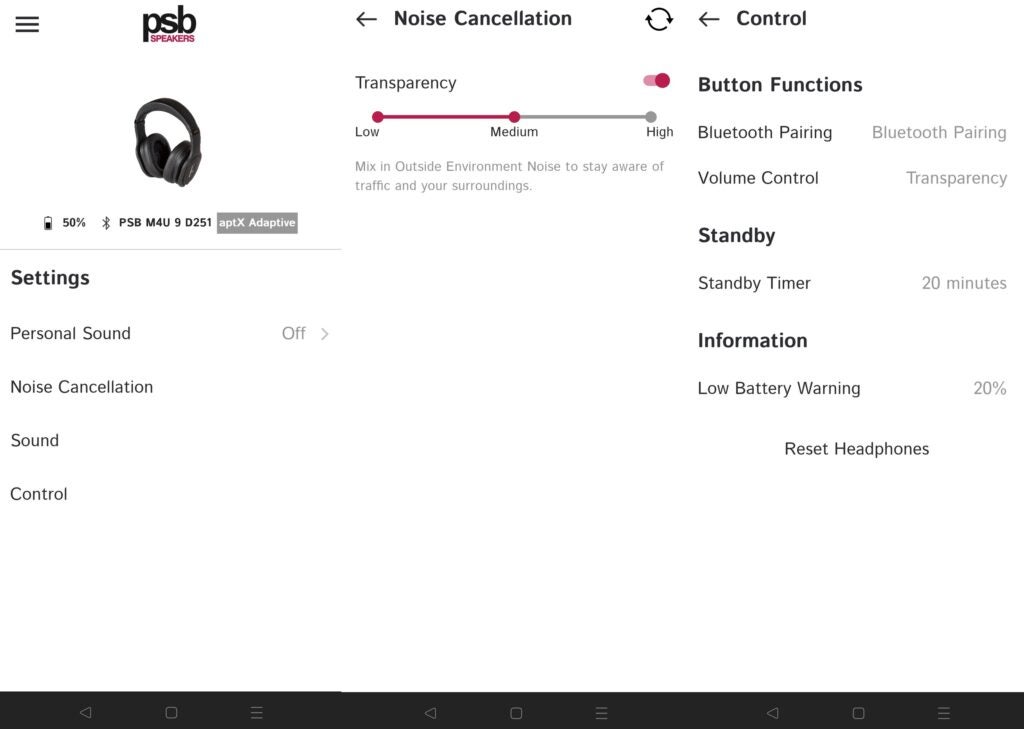
The PSB Headphones app offers customisation from the transparency mode that can be adjusted from low, medium, and high; to volume control, EQ and preset options and swapping in and out some of the button functions.
There’s also a Personal Sound option whereby the app plays a series of beeps and judges your hearing ability. The results will be different for everyone, but I felt it brought out more detail for me.
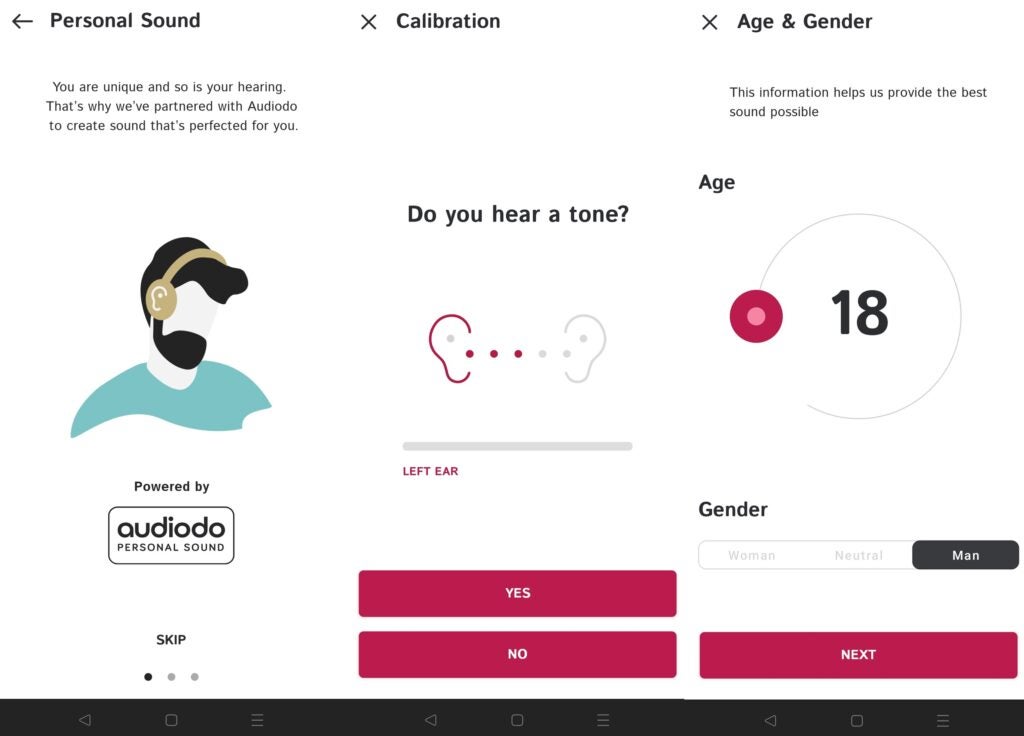
Call quality is another disappointing area for the M4U 9. Voice pickup is ok, but the person on the other end of the line mentioned I didn’t quite sound myself, and when there’s plenty of noise they said my voice could drop.
It’s the type of headphone that does better in quiet areas than noisy environments, as it picks up plenty of noise. And like the Shure Aonic 50 Gen 2, it performs poorly with wind noise, making it very difficult to hear what I’m saying.
Sound Quality
- Energetic performance
- Firm bass
- Clear high frequency reproduction
The area where the PSB M4U 9 are best is, unsurprisingly, in how they sound though they don’t escape without a few caveats.
There’s a pleasing richness to the bass in Brittany Howard’s What Now (Qobuz), a good punch and weight behind the low frequencies that communicates the power of the bassline. The depth and energy of the low frequencies carries more impact than it does on the Bose QuietComfort Ultra Headphones, for example.
However, compared to the Bose headphones, the soundstage is smaller, giving it a bunched up and cramped feel where the Bose presents the track with more space. The benefit of Bose’s approach is that it gives Howard’s vocals more room to breathe, whereas on the PSB everything feels hemmed in; with less separation between the instruments, beats, and her voice. That’s not necessarily a bad thing, but in terms of insight, there are headphones like the Shures that are better for less money.
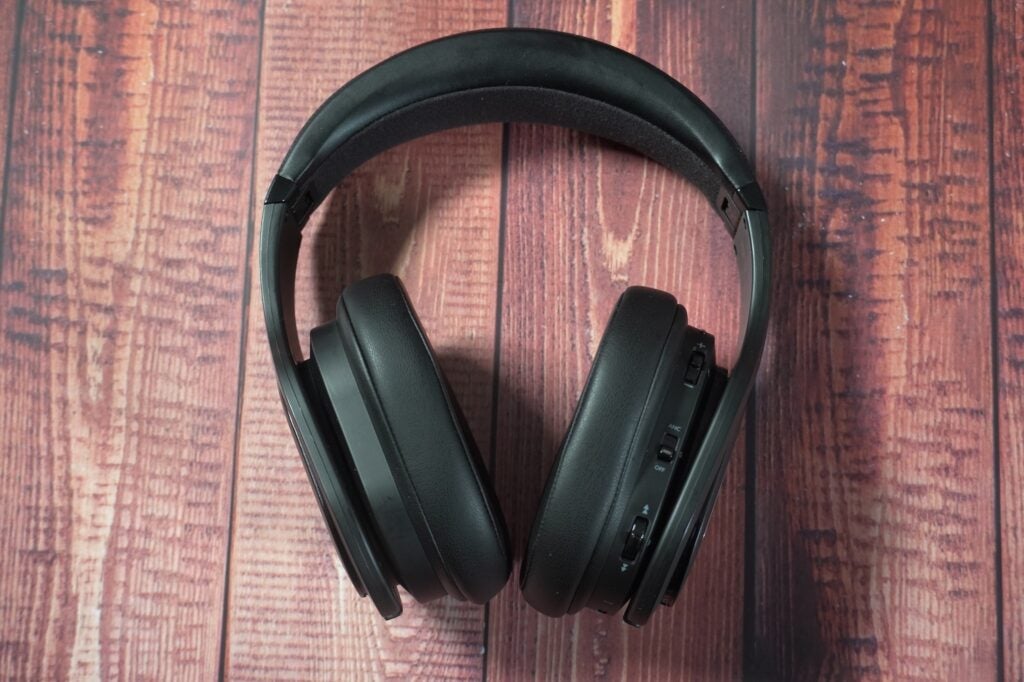
The top end of the frequency range is characterised by good levels of clarity. The PSB describe the piano in GoGo Penguin’s Raven and Andreas Ihlebæk’s Come Summer (Tidal) with ample amounts of shine without becoming too bright or grating; the bass in the first track is treated with firmness and there’s a good energetic rhythm about how these headphones conduct themselves. Compared to the Bose’s slightly duller edges, there’s a vitality to the PSB’s performance that gives them more of a personality.
The PSB M4U 9’s performance is somewhere in the realm of neutral with some extended bass, but there’s a good sense of clarity and detail provided to the midrange. I could have hoped for more width to the soundstage, but vocals are consistently clear, and there’s a liveliness to these headphones that engages. I appreciate the ‘loudness’ of the performance too – these aren’t headphones where you’ll need to pump the volume up. At default volumes they’re all set to go.
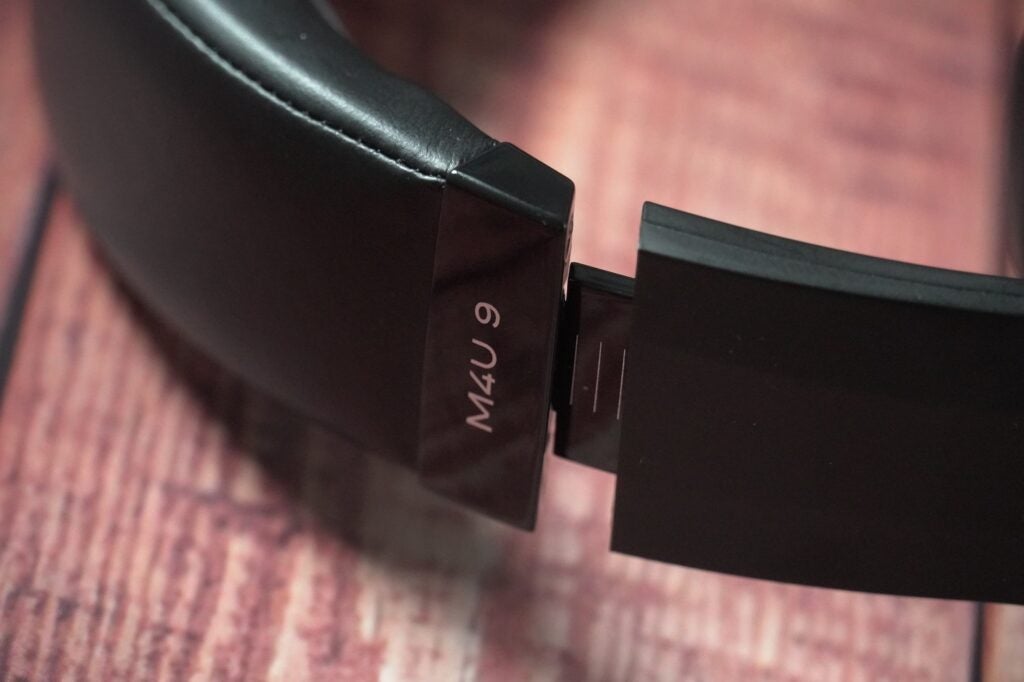
Latest deals
Should you buy it?
You should buy if you want good, energetic sound
There’s a confidence to the PSB’s sound that makes them an energetic, engaging listen.
You shouldn’t buy if you want a strong ANC performance
The PSB can’t hold a torch to the likes of Sony and Bose with their ANC, which is especially disappointing since they cost more.
Final Thoughts
The PSB M4U 9 are a disappointing pair of headphones. From the creaky build quality, miserable battery life, and timid noise-cancellation; these headphones don’t feel like they occupy the premium tier of wireless headphones as the price indicates.
They do make up some ground with good-quality sound, but that’s not enough to make up for the shortfall in other areas. These headphones ought to have been better, especially for the price. And given the level of competition, they don’t represent as good value as you’ll find elsewhere. Check out our Best Headphones list for better options.
How we test
We test every set of headphones we review thoroughly over an extended period of time. We use industry standard tests to compare features properly. We’ll always tell you what we find. We never, ever, accept money to review a product.
Find out more about how we test in our ethics policy.
FAQs
You can only get the M4U 9 in one colour: jet black.








